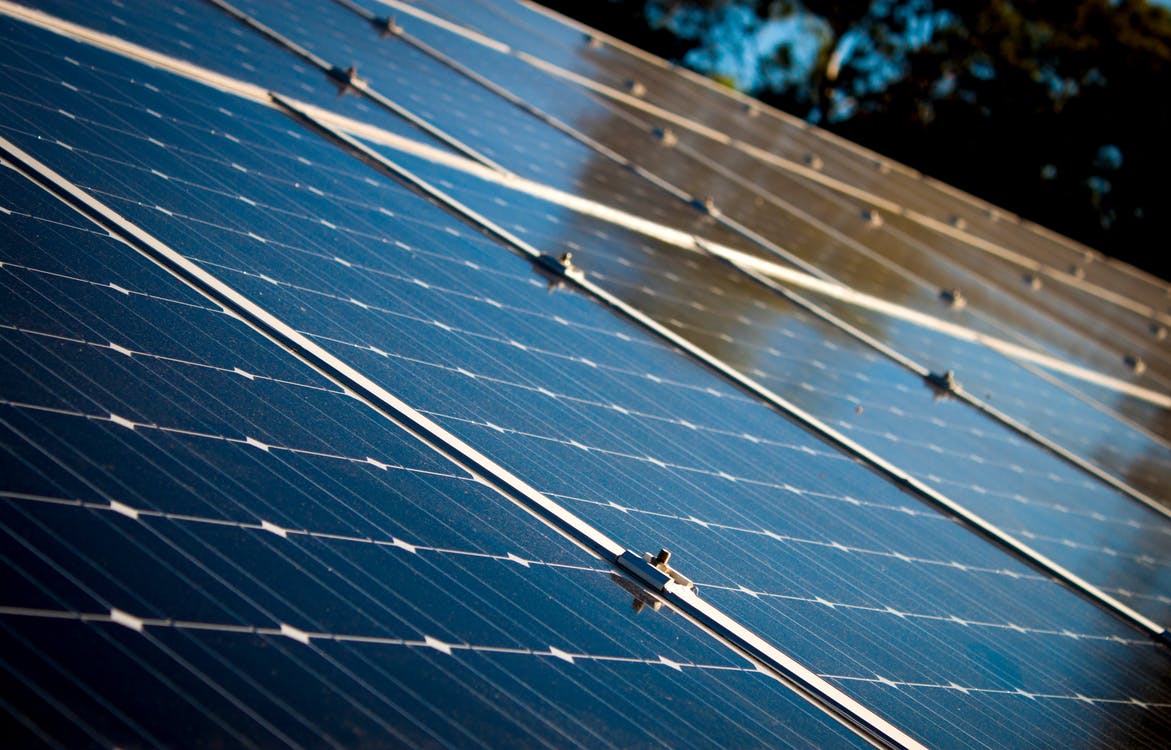Is the requirement really cost-effective? Solar lease or purchase? Will new homes be net zero? And answers to other burning questions.
California’s recently approved solar roof mandate for all new homes came as a surprise to many people — even though stakeholders have been working on the rule change for roughly two years.
That’s likely because the California Energy Commission (CEC) passed the requirement earlier this month as an update to the state’s 2019 Title 24, Part 6, Building Energy Efficiency Standards. Not quite everyday reading.

“Building codes are a sleeper issue,” joked Kelly Knutsen, director of technology advancement at California Solar & Storage Association (CALSSA). “But if you get them right, you can do some pretty cool stuff.”
The latest round of standards, which take effect in 2020, do enable some pretty groundbreaking developments in the advancement of clean energy. Besides the requirement that all new homes under three stories install solar panels — a first for the nation — the codes help to incentivize energy storage and include a host of energy efficiency upgrades that will collectively slash energy use in new homes by more than 50 percent.
While the core elements of the new standards are now effectively locked in, the work that’s required to roll them out is only just beginning. Homebuilders, solar companies, efficiency experts, local governments, analysts and consumers are digging further into how the rules are structured to come up with compliance plans and to understand how California’s Title 24 codes will affect the clean energy industry overall. There’s a lot for stakeholders to grapple with.
Read more: Greentech Media


